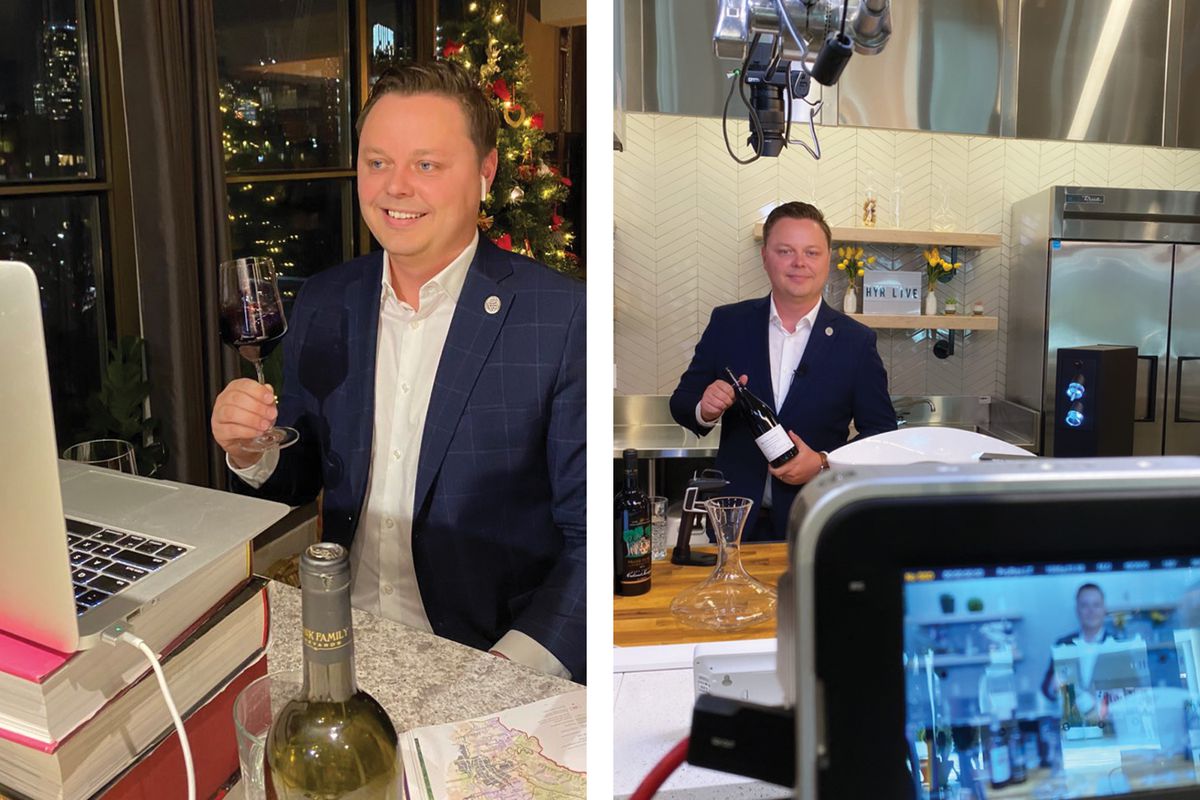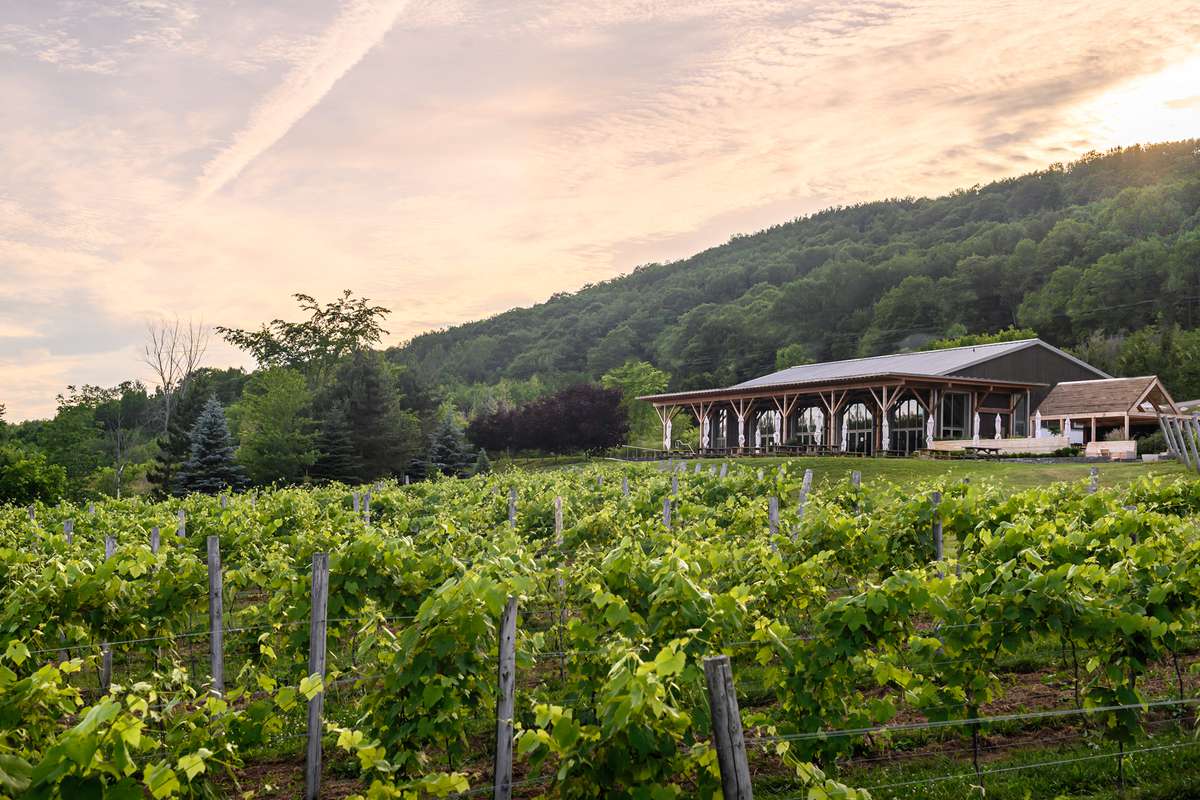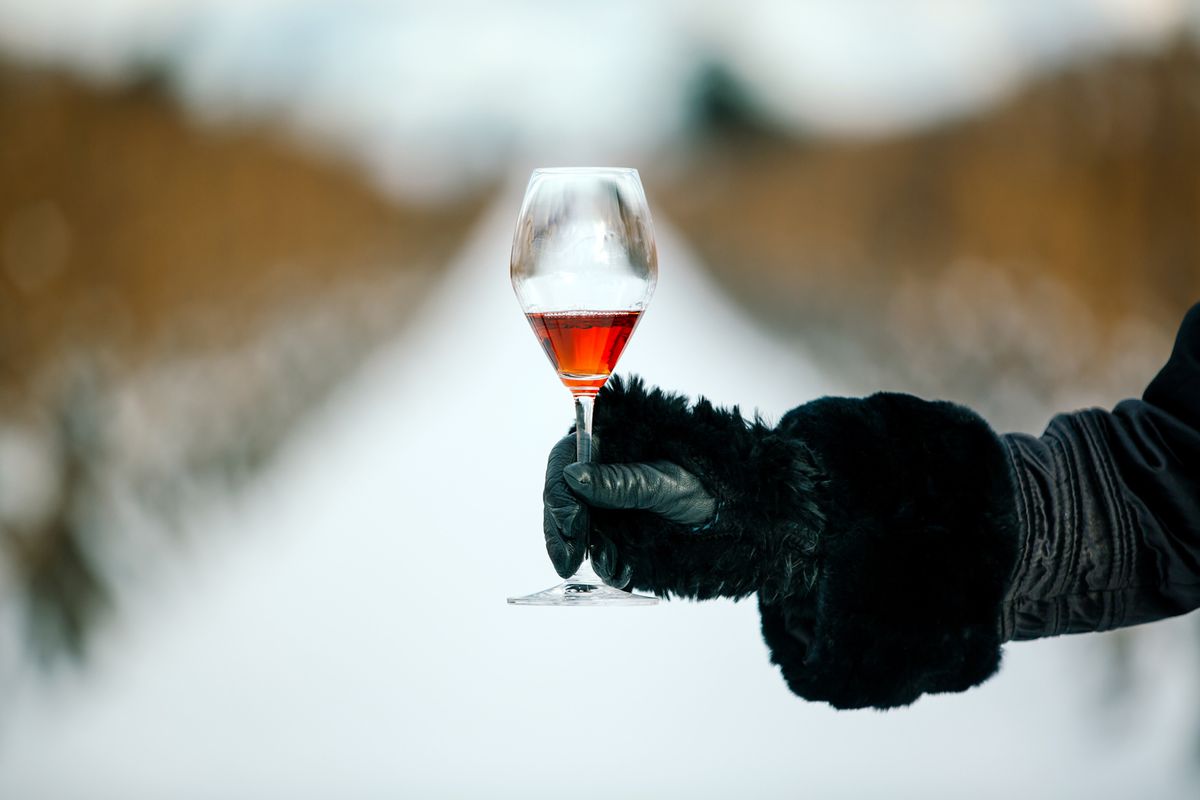For more than a year, the hard-hit hospitality industry has been battling the headwinds of restrictions brought about by the pandemic. When Toronto-based regional carrier Porter Airlines cut their flight schedule, and his routine of flying to Boston, Chicago, and cities in eastern Canada ended, Captain Sullivan turned to his hobby and passion: the world of wine.
An introductory course on wine appreciation at Toronto's George Brown College in 2016 got him started. After the class, according to Sullivan, "I was hooked and quickly finished my sommelier certification through the Canadian Association of Professional Sommeliers." With a wealth of wine knowledge and time to apply it, Sullivan began his new role as "The Flying Somm," offering private sommelier services, wine education, and virtual wine tastings. His events have been getting five-star reviews, and he described how they work.
"A guest at one of my virtual wine tastings is promised three things: an experience that is educational, interactive, and fun. I typically host virtual wine tastings for corporate groups, and I take care of selecting the wines within their budget and then work with the wine agent or winery to make sure the wine arrives on time. I also collaborate with a catering partner who can curate menus for guests. Tasting events usually last for an hour and consist of two or more wines per person. I always make time to answer questions or adjust the experience to tailor it to their interests."
Sullivan told Travel + Leisure he recently created a wine list for a small Italian restaurant in Toronto, Mangia & Bevi. "I first start with the food," he said. "I look at the menu to get a sense of what might pair well with each dish, considering the style of the restaurant and various dining budgets. I try to make sure that different wines are represented for guests who want to travel off the beaten path, and I make sure that the classics are available. If I'm working with a specific cuisine, in this case Italian, I highlight Italian wines, keeping in mind that guests at an Italian restaurant will expect signature Italian varieties like Chianti."
Sullivan also offers services in wine cellar creation and management, and he offers tips for those getting started. "When collecting wine, think about diversifying by price point and region. My personal collection ranges from Canadian and American to French, Italian, Chilean, and Argentinian," he said. Sullivan advised that wine should be stored horizontally in a dark, cool, moist place. He also suggested that every wine lover should have nice wine glasses like those from Riedel and/or Zalto, a waiter's-style corkscrew, and a decanter, mostly for red wines, though he says some white wines can be decanted as well.
Italian wines are among Sullivan's favorites, and he loves a Brunello di Montalcino or Barolo with food like bistecca alla Fiorentina or a rich ragu. His travel bucket list includes a trip to Champagne and a return to Italy. "I'd like to sip my way south from Piedmont in the north with layovers in Tuscany, Naples, and then into Sicily. I simply can't imagine a better vacation."
Sullivan continued, "As a proud Canadian sommelier, I want to emphasize that Canada offers a really diverse selection of new world wines. We are traditionally known for our ice wines, but our Okanagan Valley offers some of the most underrated reds in comparison to the Rhone Valley in France and California's Napa Valley. In Nova Scotia, we are making sparkling wines that rival the tried and true Champagnes from France. And in Ontario, where I live, we make chardonnay and pinot noir. I suspect that as our vines mature, we will one day rival the Burgundy region of France."
Now that our interest in wines from Canada has been piqued, we checked out some regions and wines to consider once we can travel and taste freely.
Okanagan Valley
Located in southern British Columbia, the valley is one of Canada's warmest regions, stretching about 150 miles from north to south. Nearly 200 wineries are spread along the valley's sub regions, each with distinct climate and soil conditions, producing sauvignon blanc, pinot gris, chardonnay, and riesling as well as pinot noir, syrah, cabernet sauvignon, and merlot.
Wineries include Phantom Creek Estates, La Frenz, Mission Hill, and Pentage, among others, and many close for the winter season, reopening in spring.
Nova Scotia
This province, located in eastern Canada, is a relatively new area for wine, growing over the past 20 years to take advantage of their climate and proximity to the ocean to produce crisp white wines like Tidal Bay, the first wine appellation in the area. Sparkling wine is another specialty, and wineries are also making full-bodied reds, fruit wines, and ice wines. Wineries include Bear River Vineyards, Domaine de Grand Pre, and Mercator Vineyards.
Ontario
With three wine-growing regions, this area is home to the majority of Canada's vineyard acreage, and the province is Canada's largest producer of wine. The Niagara Peninsula wine region is recognized for exceptional ice wine, and other varieties include cabernet sauvignon, chardonnay, riesling, pinot gris, and sparkling wines. Lake Erie North Shore wineries produce riesling, cabernet Franc, fruit wines, merlot, gewurztraminer, and others. Prince Edward County wines include pinot noir, chardonnay, gamay, pinot gris, and more.
Quebec
Five main areas make up the Quebec wine region, with the majority in the Eastern Townships where the Wine Route connects 21 wineries. The area produces rosés, ice wines, and red wines like Sainte-Croix, frontenac, and Sabrevois. White wines produced there are vidal, pinot gris, chardonnay, seyval blanc, and others. Wineries include Vignoble de Orpailleur, producing a sparkling wine using the traditional Champagne method, ice wine, and both red and white varietals. Family-owned Chateau de Cartes produces small quantities that include a rosé, blanc de noir, vin gris, and others.
Source: Read Full Article





